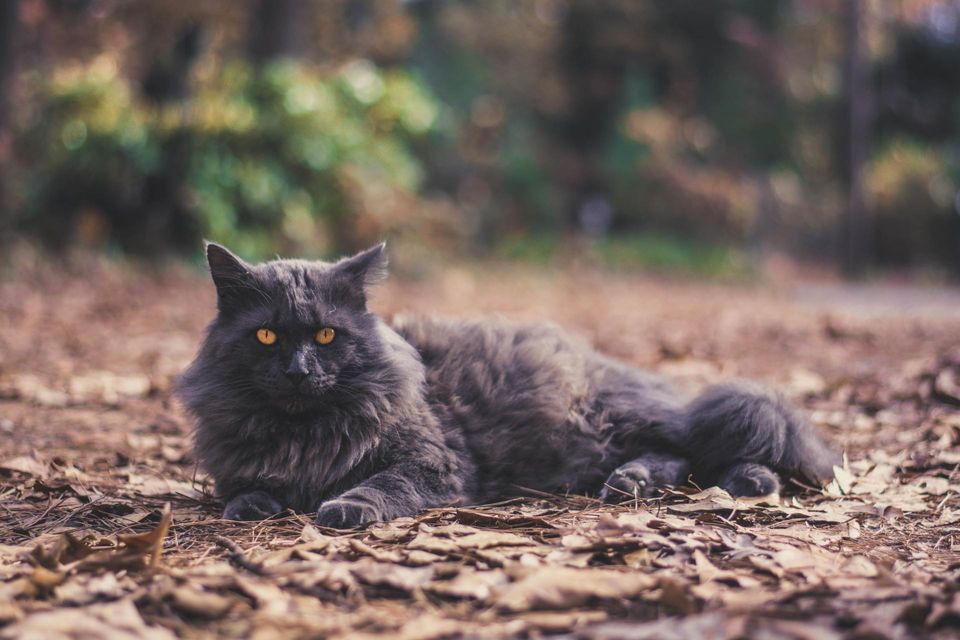Stopping Stray Cats Spring Time Nuisance
Stray Cats Can Be Both a Nuisance and Destructive to You Property
Stray cats can be a nuisance in your yard or garden any time of the year, but there are some specific things about spring that can make it worse.
Unlike most other animal pests, cats are one of the few that don't actually eat your plants. Even so, a stray cat visitor or two can still be a real annoyance.
Feline Mating Season Issues
Feral and stray cats have a long mating season that really lasts for most of the year. Even so, it gets going in the spring when the weather warms up and can bring out the worst in stray cat behavior. In particular, this is when male cats are the biggest problem.
As the season gets underway, male cats are eager to mark out their territory as soon as the snow clears away. And that means spraying their urine anywhere and everywhere. Not only is this a very aromatic habit, it can be quite harmful to any of your plants that get in the way. Too many sprays of urine can start to burn newly sprouting leaves on your bedding plants and also kill patches of turf.
Cats looking for a partner can be quite vocal about it, and will be the loudest right as the sun is going down.
It is worth noting that most of these mating behaviors are only going to come from intact males or females. If your local strays have been fixed, you might not have as much to deal with.
Your Yard, Their Bathroom
Stray cats using the world as their litter box isn't a seasonal issue and can be a problem all year long. It just seems to get worse in the spring because any feces that have been deposited under the snow is now uncovered, leaving your yard a real mess.
Also, once the snow goes, cats are going to be more prone to dig in the newly thawed ground when they do their business. That means unpleasant holes in your flower beds or garden patches. Cover up the exposed soil with some chicken wire to help prevent cats from digging.
Midnight Cat Fighting
Again, the males are more likely to be the issue but female cats are also known to get into tussles as well. Though you won't get any damage to your property, it can be unpleasant to hear or see cats having noisy battles in the yard. Spring is the worst time for fights as cats squabble over territory and mates.
Predation
Cats are predators, and when all the birds and rodents start getting active in the spring, you can find that cats are also more active in their hunting. Definitely not a bad thing if you need to keep the mouse or squirrel population down, but you may not be happy that stray cats are killing the local birds you enjoy watching at the feeder.
How to Prevent Stray Cat Damage
It can be hard to keep cats out of a yard. They hop over fences with little trouble, and not as easy to trap as small animals. A scented product can help them change their minds about spending time on your property, especially if you have a weather-proof repellent that can withstand the changing weather of spring.
>>>
STOP STRAY CATS NOW! Click Here for 100% All Natural Cat Repellent
<<<
You should also remember that not all cats that wander through your garden are truly strays. Some may belong to neighbors who just let their cats spend time outside, and they can be just as likely to cause any of these problems as strays are. Take care that any steps you take to keep cats out of your yard aren't going to cross any lines with your neighbors. Talk to them about their cats if that is a concern.
Critter Repellent All Natural Animal Repellent Blog













